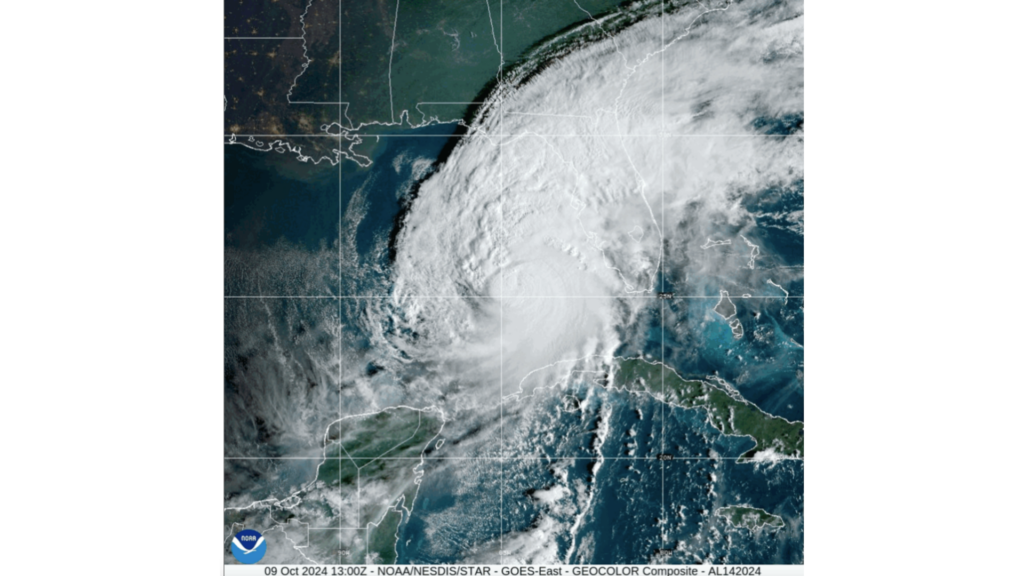The U.S. economy experienced almost no job growth in October as the pace of employment creation slowed to its lowest level since December 2020, according to the official jobs report released Friday.
This downturn likely reflects the impact of hurricane disruptions, strikes in manufacturing and election-related uncertainties, all of which affected hiring nationwide.
Total nonfarm payrolls grew by only 12,000 last month, a sharp decline from the average monthly gain of 194,000 over the previous year.
Despite the hiring freeze, the unemployment rate held steady at 4.1%, suggesting that businesses are retaining their existing workforce even as new job creation stalls.
October Employment Situation: Key Highlights
- Nonfarm payrolls rose by 12,000, sharply decelerating from the previous downwardly revised 223,000 and well below the expected 113,000 as per TradingEconomics estimates.
- “Employment continued to trend up in health care and government. Temporary help services lost jobs. Employment declined in manufacturing due to strike activity,” the Bureau of Labor Statistics wrote in the report.
- Private payrolls contracted by 28,000, weighed down by 46,000 layoffs in manufacturing.
- Government sector employment rose by 40,000 in October, close to the monthly average gain of 43,000 over the past year.
- Total nonfarm payroll employment was revised down by 81,000 for August, from an initial estimate of 159,000, and by 31,000 for September, from 254,000, totaling 112,000 fewer jobs than previously reported.
- The unemployment rate stood at 4.1%, as expected.
- Average hourly earnings advanced at a 0.4% monthly pace, accelerating from September’s downwardly revised 0.3% increase and surpassing expectations of 0.3%.
- On an annual basis, wages rose 4%, as predicted, up from September’s 3.9% rate.
Stocks Rally As Fed Rate-Cut Expectations Soar
Following the release of the October jobs report, futures on major U.S. equity indices rallied, driven by increased expectations of Federal Reserve rate cuts.
Contracts on the S&P 500 and Nasdaq 100 both rose by 0.5%, while Russell 2000 futures surged 0.8%. This rebound comes after the SPDR S&P 500 ETF Trust SPY closed 1.9% lower on Thursday, marking its steepest one-day decline since early September and ending a five-month winning streak.
The disappointing jobs data led markets to fully price in a 25-basis-point rate cut at the Fed’s upcoming meeting on November 7, according to the CME FedWatch Tool. Additionally, the probability of another quarter-point cut in December increased to 86%, up from 75% previously.
Read Next:
Photo: National Oceanic and Atmospheric Adminstration (NOAA).
© 2024 Benzinga.com. Benzinga does not provide investment advice. All rights reserved.








